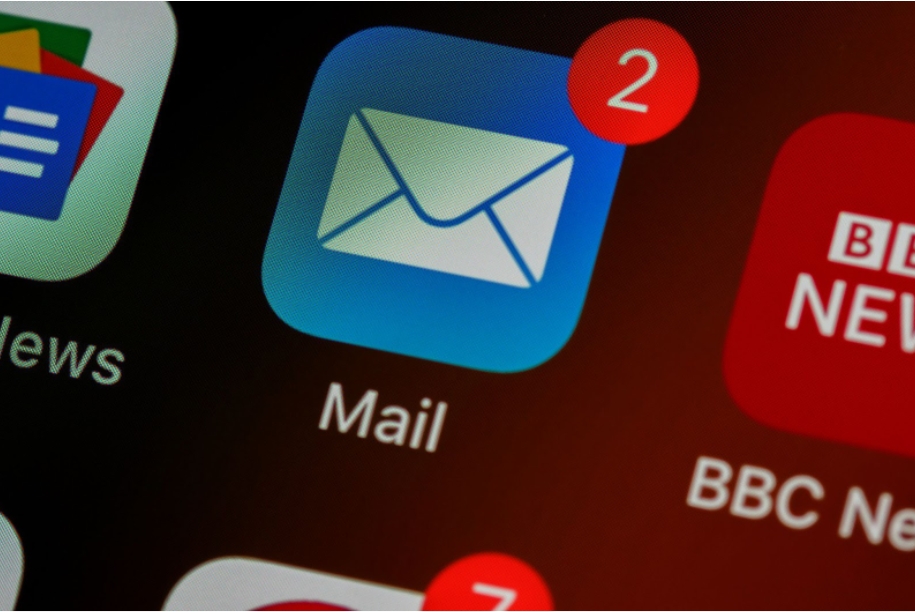Success in this fierce world of e-commerce requires something more than an excellent product or service. The digital marketplace is hugely crowded, and businesses have to avail themselves of tools that can be had to keep ahead of the competition.
For a long time, email marketing has been a cornerstone of e-commerce for customer engagement, repeat purchases, and brand loyalty. But what if such well-articulated emails don’t land in customers’ inboxes? That is where email deliverability matters.
While SEO plays an important role in the ranking of e-commerce sites, did you know that email deliverability can directly impact your SEO efforts?
What and Why Email Deliverability
Email deliverability is the capability of email to reach the target inbox and not to land in spam or get bounced back. A high deliverability rate makes sure email marketing campaigns work as powerfully as possible.
If your e-mails aren’t reaching your audience, then you’re losing in terms of sales and, thus, revenue.
Relationship Between Email Deliverability and E-commerce SEO
Email deliverability and e-commerce SEO might look like two separate entities but they’re interlinked.
Constantly delivering emails to your customers will drive more traffic to your e-commerce site via effective marketing campaigns thus giving better quality signals to search engines about your website, hence improving rankings.
Impact of Email Marketing upon Organic Search Rankings
Email campaigns with higher CTR drive traffic thus improving your site’s visibility in search results.
When interested users visit your site via email links, it decreases your bounce rate, which again is a good signal for search engines. Emails with shareable content can lead to backlinks, further extending your SEO efforts.
Choosing the Best Email Deliverability Software
Criteria based on the below points will help you to find the right software to improve your email deliverability.
- Real-Time Analytics & Deliverability Reports: An email tool must provide analytics of open rates, CTR, bounce rates, etc. With real-time data, you would take immediate action toward improving deliverability.
- Spam Filter Testing: Software must test your emails against common spam filters before you send them.
- Automation: High capabilities in automating mail sending, list segmentation, follow-up, and personalization are crucial.
- List Management Tools: Effective list management encompasses cleaning and segmentation of your emailing list.
- AI and Machine Learning: The intelligent software uses AI & ML to enhance deliverability.
- Compatibility with Other Platforms: Ensure your tool is compatible with any pre-existing e-commerce platforms, CRM systems, and other marketing tools to ensure smooth data flow.
Best Practices to Improve Email Deliverability
Along with good software, you will also need to adopt these practices to enhance your email deliverability.
Keep Your Mailing List Clean
Scrubbing your list and getting rid of subscribers not open the e-mails at regular intervals is crucial. Target only active and valid only active users.
Personalization of Emails
Personalized emails raise the open rates and engagement of the subscribers. Use the recipient’s name, his/her interests, and relevant offers according to the previous purchases.
Authenticate Emails
- SPF: Ensure SPF records indicate which servers are authorized to send emails on behalf of your domain, and that records are properly configured.
- DKIM: Allow DKIM signatures that help in the process of verifying the authenticity of the email originator.
- DMARC: Set up DMARC to protect your domain against unauthorized use-spoofing, and provide reports on how your emails are being treated by recipient servers.
Optimize Content for Deliverability
- Avoid Spam Triggers: Words such as “free,” “discount,” and excessive punctuation like “!!!” can trigger spam filters.
- Use Proper Text-to-Image Ratio: Too many graphics may also raise spam flags.
- Avoid Attachments: Large files and unsolicited attachments raise a red flag for so many algorithms.
- Easy access to unsubscribe: Make sure there is an easy-to-view unsubscribe link to avoid any complaints.
Sending Reputation
- New Domain and IP Warm-up: If it is a new domain or IP, ramp up your sending volume. Large sudden volumes of emails will inevitably damage your reputation.
- Respect Limits: Similarly, avoid sudden large bursts of emails in a time, especially to free email service providers like Gmail or Yahoo.
- Consistent Volume: Keep sending volumes consistent; extreme spikes will raise the red flag to ESPs.
Testing and Monitoring
Use email deliverability tools to scan your emails and show issues that may be impacting deliverability.
Also periodically check whether your sending domain or IP address appears in any of the email blacklisting services. Also comply with email-related legislations like CAN-SPAM (based in US), GDPR(based in EU), CASL(based in Canada)/
Feedback Loops
Establish FBLs to get notified when a recipient reports your e-mail to spam. It helps you adjust and avoid such scenarios in the future. Less than 0.1% of spam complaints are allowed to pass.
How to Increase Customer Engagement with Emails
Customer engagement is one of the most important Google ranking factors that enhances your brand’s credibility. Utilize these practices to enhance your customer engagement.
Role of Targeted Email Campaigns
Personalized segmented campaigns can have the most possibility of resonating with your audience, therefore driving much better engagement rates. Based on their behaviors, preferences, and past purchases, define what messages are most relevant to your segments.
Timing and Frequency
Timing means a lot with e-mails. Data will tell you at what time your subscribers open their emails. That way, you won’t send unnecessary messages that may cause unsubscribes.
Improvement in Engagement with Customer Behavior Data
With data related to customer browsing and purchase history, you can craft extremely relevant and personalized emails lest they go unopened.
Improve Your E-Commerce SEO with Better Email Campaigns
Email campaigns can uplift your e-commerce SEO. Let’s see how.
Using Email Content to Power Your SEO
You can include links(professional and non-spammy) within your emails, redirecting them to your site’s blog or product pages, helping drive traffic, and improving the e-commerce SEO process of your site. You can also ask recipients to share on social media, through which you could get relevant backlinks.
How Email Traffic Affects Your Site’s Rankings
The positive impact it might have on your SEO is the fact that email-driven traffic brings more visitors to your website. If those visitors remain on your site and consume your content, that sends a positive signal to the search engines that can help boost your rankings.
How to Integrate SEO Tactics Within Your Email Marketing
Utilize the keywords of SEO best practices within your email campaigns. Include alt text for your images in the content of your email; above all, ensure that you use a mobile-friendly email template that loads faster.
The Bottom Line
Email deliverability is extremely critical for any e-commerce email marketing campaign. One could ensure that, with the right software and best practices combined, one’s emails really land in the customers’ inboxes, drive them onto their website, and ultimately boost their e-commerce SEO.
Where email deliverability and E-commerce SEO meet is a really powerful place. And in optimizing both, one can obtain greater visibility, higher rankings, and increased sales.






